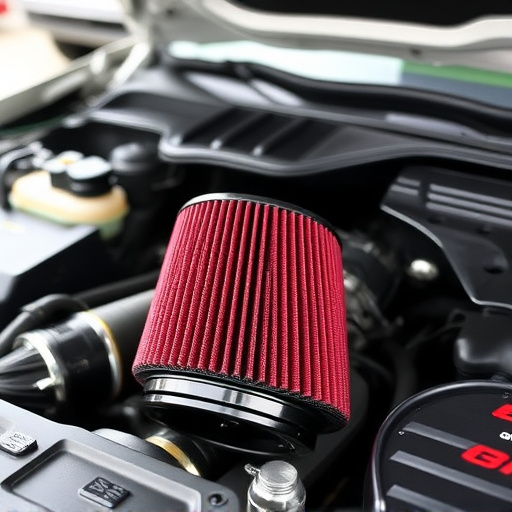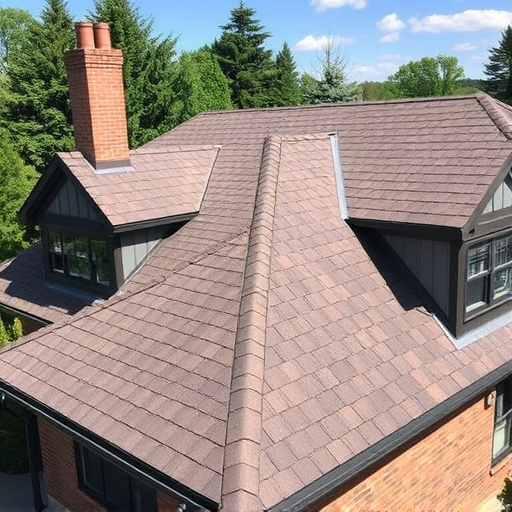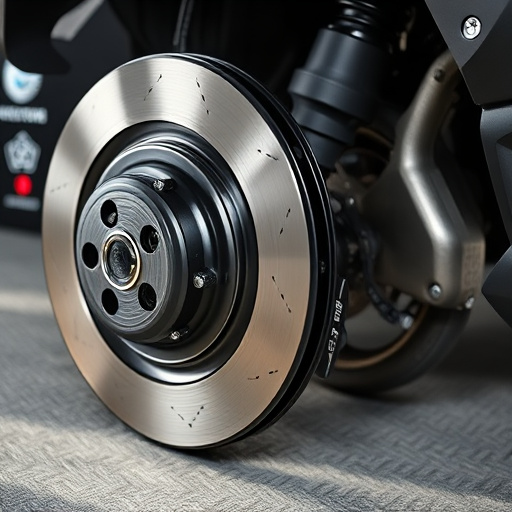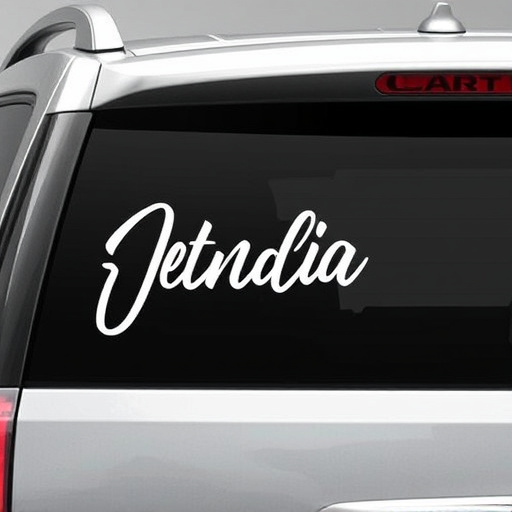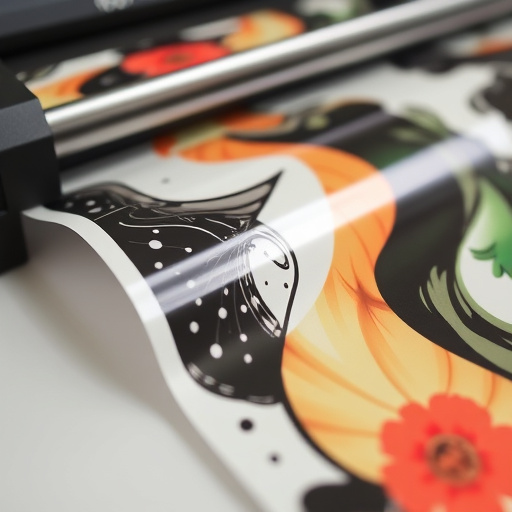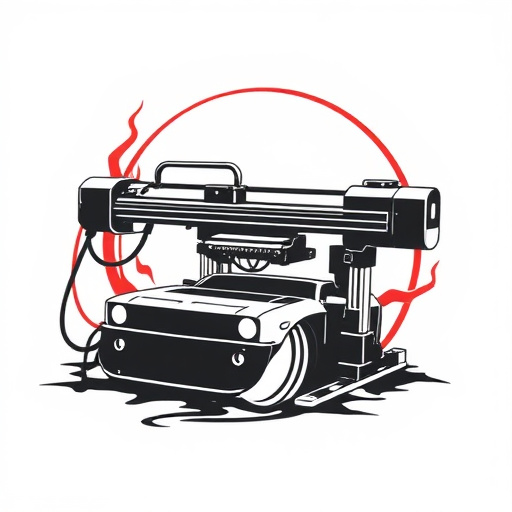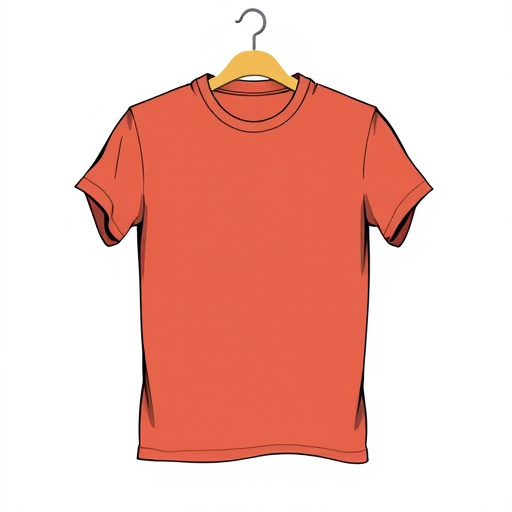Direct to Fabric (DTF) durability ensures printed designs on clothing maintain vibrancy and quality over time with proper ink and manufacturing processes. Choosing fade-resistant inks and robust substrates maximizes DTF lifespan, while regular cleaning, storage in cool, dry conditions, and mindful heat exposure enhance performance. Following these practices results in vibrant, long-lasting prints for various uses, from everyday wear to outdoor activities.
“Unleash the power of DTF durability for your next project! This comprehensive beginner’s guide is your ultimate toolkit. Discover the fundamentals of DTF (Direct to Film) durability, a game-changer in material longevity. Learn how strategic material selection and expert care can extend its lifespan significantly.
From understanding the basics to mastering maintenance, this guide covers everything. Get ready to transform your ideas into long-lasting realities with these practical tips for exceptional DTF durability.”
- Understanding DTF Durability: The Basics Explained
- Material Selection for Maximum Longevity
- Care and Maintenance Tips to Extend Lifespan
Understanding DTF Durability: The Basics Explained

Understanding DTF Durability: The Basics Explained
DTF durability is a measure of how long a printed design on a fabric, such as t-shirts or hoodies, retains its quality and vibrancy over time. It’s about ensuring that the colors remain bright, the lines crisp, and the overall print remains intact even after frequent washing and wear. DTF (Direct to Fabric) printing is a process that directly applies ink onto the fabric, creating a durable bond that resists fading and peeling.
The key to achieving good DTF durability lies in the quality of inks used, the printing technique, and the care taken during the manufacturing process. Inks formulated for outdoor use or designed specifically for certain fabrics tend to offer superior longevity. Additionally, techniques like heat pressing and curing the ink under specific conditions further enhance the print’s permanence, making it suitable for everyday wear and even outdoor activities. Whether you’re looking to print on t-shirts or hoodies, understanding DTF durability is crucial to delivering high-quality products that meet customer expectations.
Material Selection for Maximum Longevity
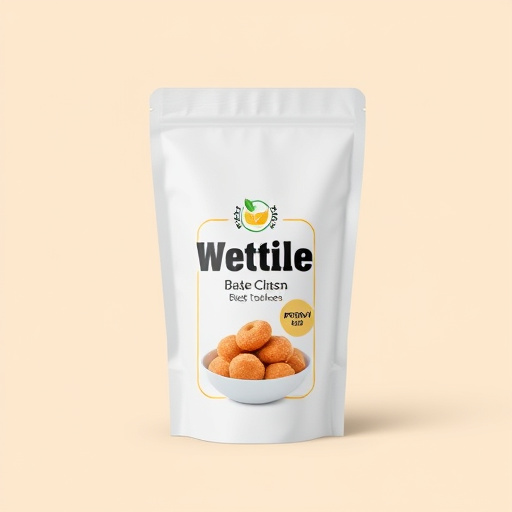
When it comes to achieving maximum longevity with DTF (Direct to Film) durability, material selection plays a pivotal role. The right materials can significantly enhance the lifespan and quality of your final products. Key considerations include choosing inks that are resistant to fading and degradation, as well as selecting substrates that offer robust protection against environmental factors like moisture, UV rays, and scuffs. High-quality, long-lasting materials ensure that your DTF transfers or prints remain vibrant and intact for extended periods.
Understanding the specific requirements of your application is essential. For instance, if you’re creating outdoor signage or items exposed to direct sunlight, opt for inks and substrates designed to withstand UV resistance. Conversely, for indoor use or short-term displays, standard DTF materials might suffice. The terminology DTF meaning refers to this very concept—selecting the right materials to ensure durability in various environments, ultimately preserving the integrity of your prints or transfers (dtf transfers).
Care and Maintenance Tips to Extend Lifespan
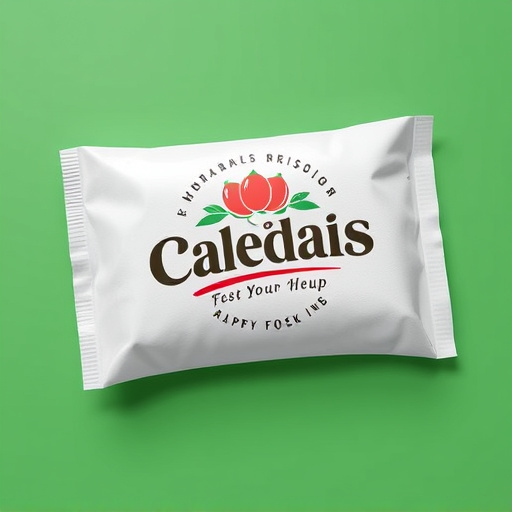
Caring for your DTF (Direct to Fabric) materials and maintaining them properly is key to extending their lifespan and ensuring optimal performance. After all, investing in high-quality DTF for t-shirts or custom sheets for heat pressing designs onto garments should pay off with long-lasting results. Start by keeping them clean. Regularly wash your DTF materials using mild detergent and warm water to remove any accumulated dirt or residue. Avoid harsh chemicals and aggressive scrubbing, as these can damage the material over time.
Additionally, storing your DTF properly is crucial. Keep them in a cool, dry place away from direct sunlight, which can cause fading or degradation. Consider using protective covers or storage bags to shield them from dust and other environmental factors. Lastly, be mindful of heat exposure, as excessive heating during the pressing process might lead to material fatigue. Following these simple care and maintenance tips will help you maximize the DTF durability of your garments and designs, ensuring they remain vibrant and long-lasting.
In conclusion, mastering DTF durability is a game-changer for anyone looking to invest in long-lasting products. By understanding the fundamentals of DTF durability, choosing robust materials, and implementing proper care, you can significantly extend the lifespan of your items. Remember, regular maintenance is key to preserving the quality and performance of DTF products, ensuring they remain reliable companions for years to come. Embrace these practices and experience the peace of mind that comes with owning durable, high-quality goods.
